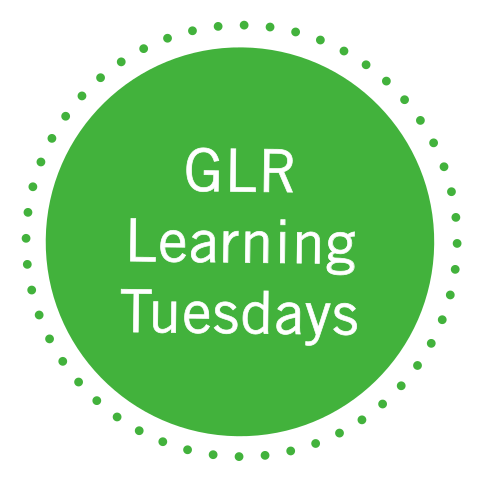
- This event has passed.
Decoding NAEP: The Perspectives of State Chiefs

This important session was a type of capstone to CGLR’s recent multi-week Decoding NAEP series where we’ve had the chance to hear multiple perspectives on interpreting and making use of the 2024 NAEP scores. This week, we had the unique opportunity to learn from a panel of Chief State School Officers. As the top state education decision-makers, policymakers and influencers, they shared how they are reacting to the NAEP results, the other assessment tools they are using to ensure they are progressing toward proficiency in reading and math, and what this means for their priorities moving forward.
In this Decoding NAEP session, John Gomperts facilitated a discussion that quickly revealed the collegiality among state chiefs from diverse regions of the country. The session provided a unique opportunity to observe top decision-makers as they deliberated on key challenges and opportunities, exchanged best practices, and responded to both pre-planned and audience-generated questions in a candid and insightful dialogue.
Susana Córdova, Ed.D., Colorado Commissioner of Education; Aimee Rogstad Guidera, Virginia’s Secretary of Education; Katie Jenner, Ed.D., Indiana Secretary of Education; Eric Mackey, Ed.D., Alabama’s State Superintendent of Education; and Carey Wright, Ed.D., Maryland’s State Superintendent of Schools began the discussion by sharing their “actionable takeaways” from the NAEP data on reading and math proficiency for students in their states. Córdova shared how data is critical to determining the right interventions to support student progress:
And so the actionable takeaway that we have really focused on is making sure that we’re doubling down on the supports that we have in Colorado for students, for teachers, for district leaders. It’s not just one of those places. It’s like making sure that people have access to resources, high-quality instructional materials, training for teachers, training for school leaders, and readily accessible data. The readily available data allows “just in time” interventions and the resources for trained teachers to provide those supports. And so that’s the area where we really are focusing. A big chunk of our energy is getting those strong foundations in place, moving with urgency and making sure that we have the whole suite of supports that are going to be important to make sure kids get to grade level [by the end of] third grade.
The conversation continued as the state chiefs acknowledged that NAEP data is useful because it provides a broad-brush comparison across the country and across states. It may, however, miss pockets of progress and bright spots where gains are being made in specific and perhaps surprising areas of the country. Mackey spoke to this when sharing a bright spot in a rural area of his state:
DeKalb County is a very rural county. It has a high immigrant population, mostly Hispanic. So Crossville is a school (in DeKalb County) that is about 80% to 85% Hispanic. A lot are first generation coming to America. Of course, many don’t speak English as their first language. And they’re seeing remarkable growth, unbelievable growth. And it’s a different strategy. We put a really good math coach in that school and a really good literacy coach in that school. So they’re helping the teachers think about the best way to work with these students. So I would say the two best things we have found in working with these traditionally low achieving populations is: one, get really good PD for the teachers and a coach, or in this case, multiple coaches in that school to help the teachers learn to implement the PD; and two, create outside learning activities. Whether, again, it is intercessions, it’s after school, it’s before school, it’s summer school.
If you were able to attend the session, we would love to hear your feedback! We appreciate your help in filling out the following form as we seek to learn and understand the perspectives, ideas, critiques and recommendations that better inform our key audiences.
Panel








